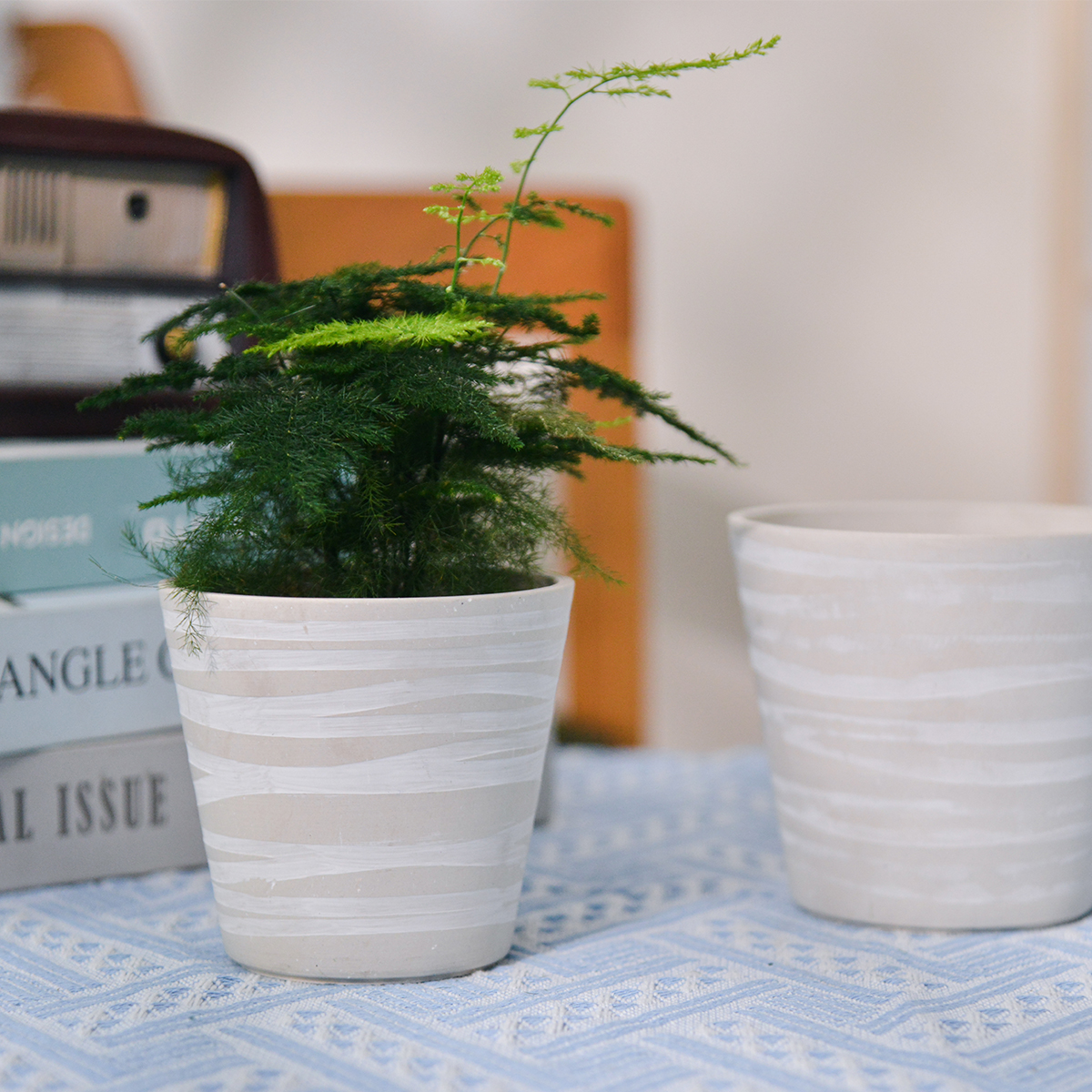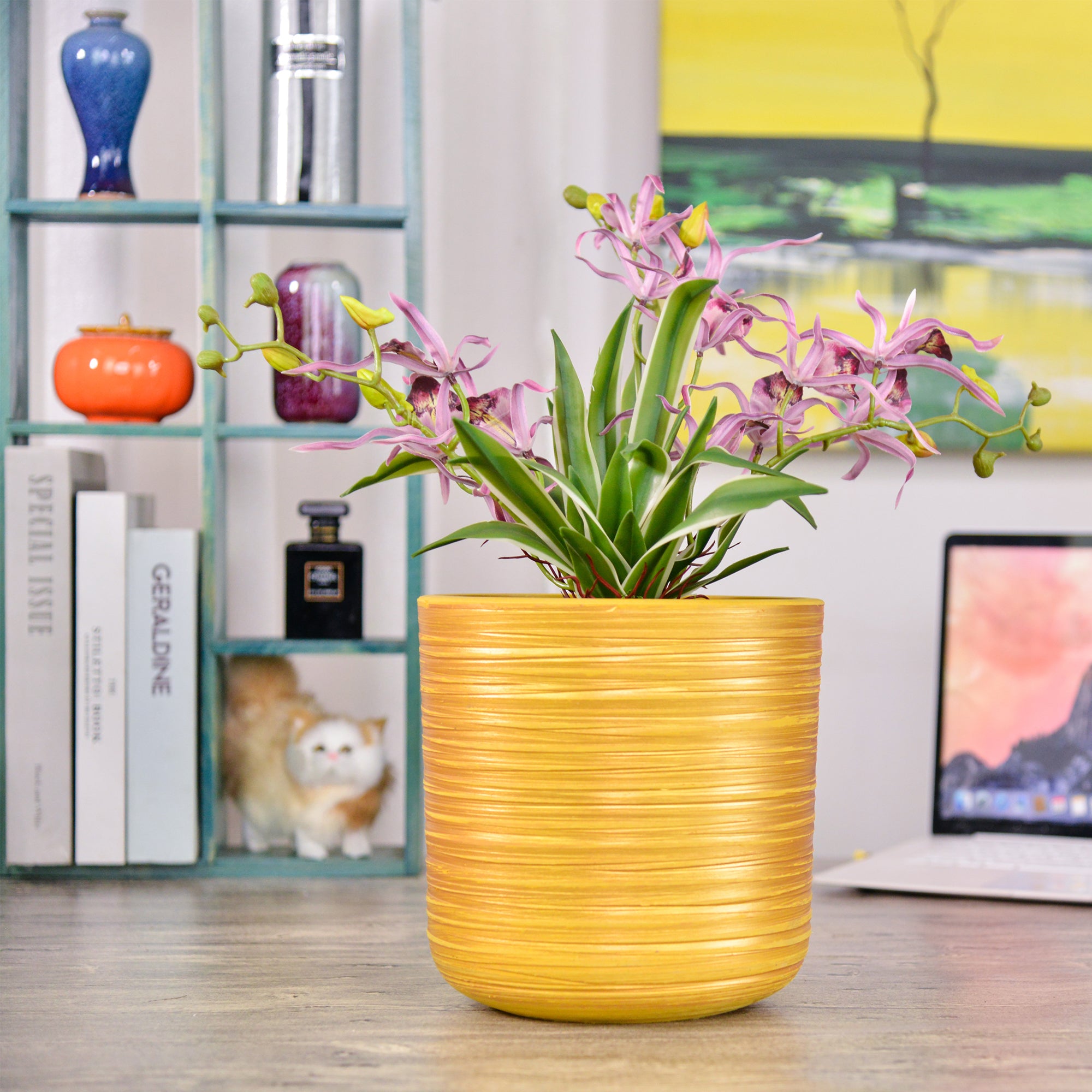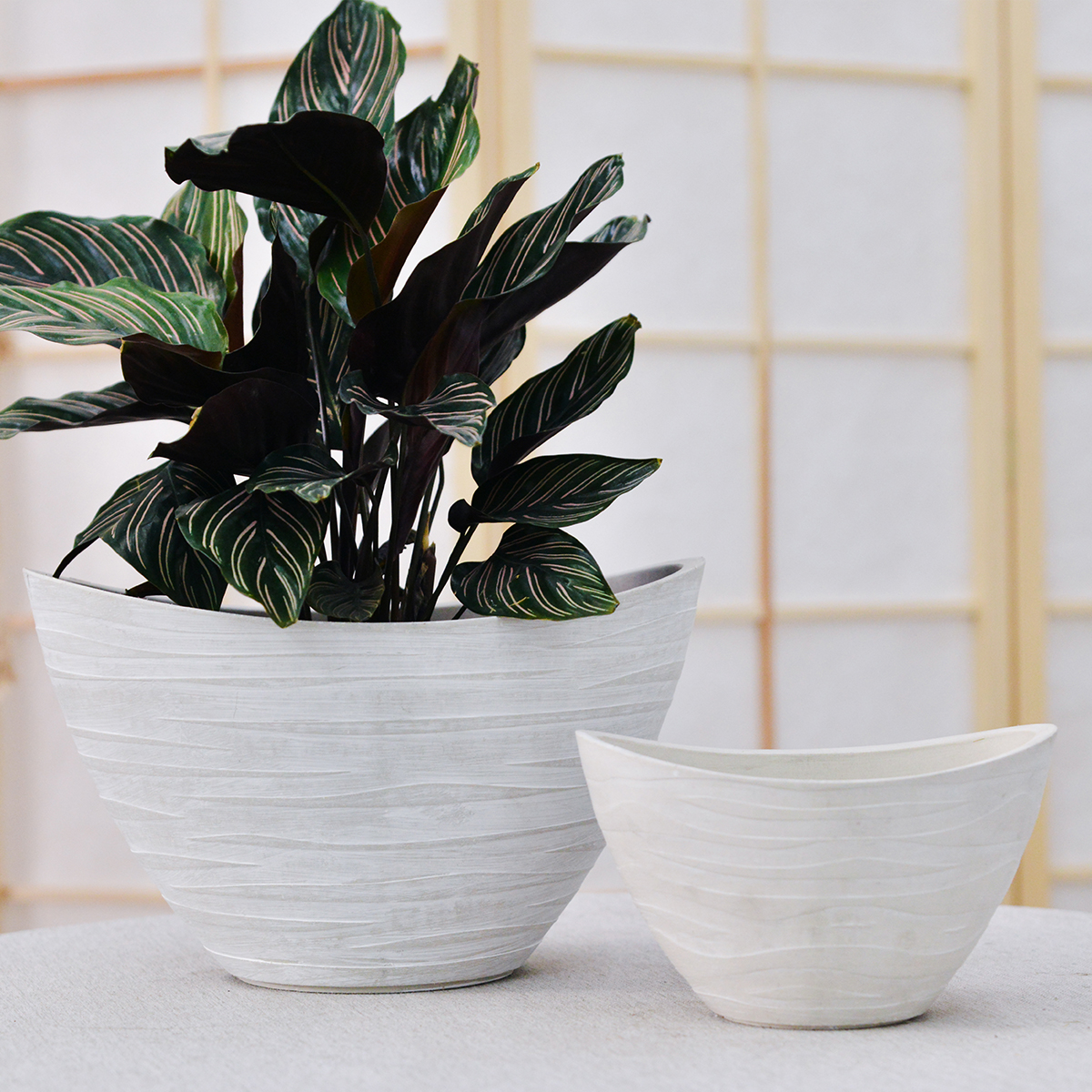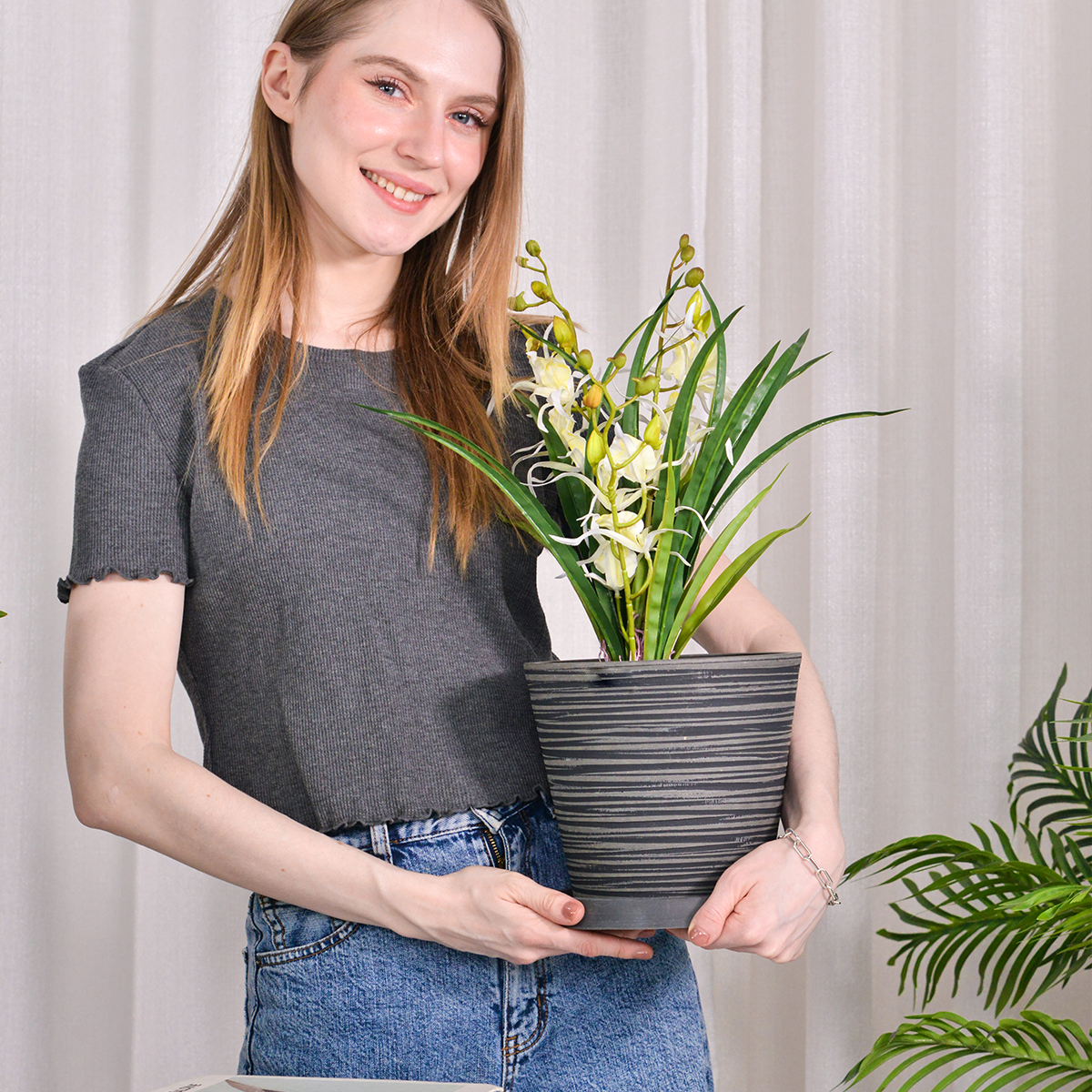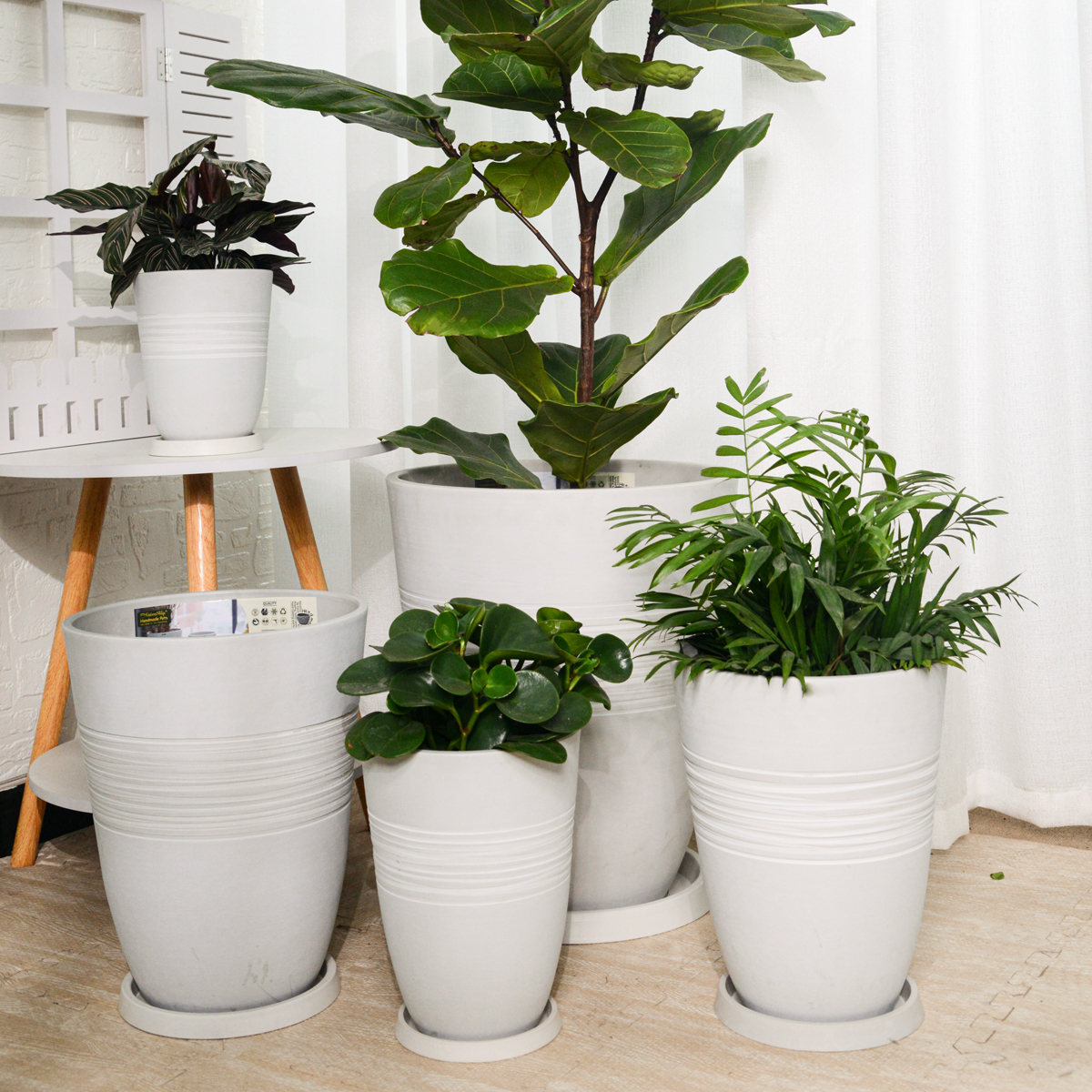How Can I Use Different Types and Sizes of Garden Containers to Create a Beautiful and Functional Garden Landscape? What Are Some Layout and Combination Tips? Designing Your Dream Container Garden
Container gardening offers incredible flexibility in creating beautiful and functional outdoor spaces, whether you have a sprawling yard, a cozy balcony, or just a sunny windowsill. By strategically using different types and sizes of garden containers, you can create visual interest, define areas, and even solve practical gardening challenges. Here are some layout and combination tips to help you design your dream container garden landscape:
The Beauty and Functionality of Varied Containers:
Using a mix of container types and sizes adds depth, texture, and visual appeal to your garden. It also allows you to accommodate plants with different needs and growth habits effectively.
- Visual Interest: Varying heights and shapes creates a more dynamic and engaging landscape compared to a collection of uniform pots.
- Flexibility: Different container sizes allow you to grow a wider range of plants, from delicate herbs to small trees.
- Functionality: Tall planters can create privacy screens, while smaller pots can brighten up tabletops or steps. Hanging baskets free up valuable floor space.

Layout and Combination Tips for a Stunning Container Garden:
- Vary Height and Size: Don’t be afraid to mix tall, medium, and short containers. Place taller planters towards the back or as focal points, and use shorter pots and hanging baskets in the foreground or at eye level. This creates a sense of depth and visual flow.
- Group in Odd Numbers: Grouping containers in odd numbers (three, five, seven, etc.) often looks more natural and aesthetically pleasing than even numbers.
- Create Focal Points: Use a large, uniquely shaped, or brightly colored container with a striking plant as a focal point to draw the eye.
- Define Pathways and Spaces: Arrange containers to create natural walkways through your garden or to define different zones, such as a dining area or a relaxation corner.
- Utilize Vertical Space: Maximize your gardening area by incorporating vertical elements. Use hanging baskets, wall-mounted planters, tiered plant stands, and even stacked containers to add height and visual interest.
- Plant in Layers: In larger containers, plant in layers with taller plants in the back, medium-sized plants in the middle, and trailing plants spilling over the edges. This maximizes space and creates a lush, full look.
- Apply the “Thriller, Filler, Spiller” Method: This classic design technique involves choosing:
- Thriller: A tall, upright plant to create height and be the focal point.
- Filler: Bushier, mounding plants to fill the middle space and complement the thriller.
- Spiller: Trailing plants that cascade over the edges of the container, adding softness and movement.
- Consider Color and Texture: Think about how the colors of your containers and plants interact. Use complementary colors for a harmonious look or contrasting colors for a bold statement. Also, consider the textures of the foliage and the container materials.
- Think About Functionality: Place containers strategically for practical purposes. For example, keep herb containers near your kitchen for easy access while cooking. Use tall, dense plantings in large containers to create a natural privacy screen on a patio or balcony.
- Consider Sunlight Requirements: Group plants with similar sunlight needs together. Place sun-loving plants in the sunniest spots and shade-tolerant plants in more protected areas.
- Leave Room for Growth: Don’t overcrowd your containers initially. Remember that your plants will grow and need space to expand.
- Consider Seasonal Changes: Think about how you might want to rearrange your containers for different seasons or holidays. Using planters with wheels or placing smaller pots on dollies can make this easier.

Container Combination Ideas for Different Spaces:
- Patio/Deck: Combine large statement planters with smaller pots on tables and hanging baskets overhead. Use a mix of flowering plants and foliage for continuous color and interest.
- Balcony: Maximize limited space with vertical gardening solutions like wall planters and tiered stands. Use lighter-weight containers and ensure they are securely placed.
- Entryway: Create a welcoming atmosphere with symmetrical arrangements of matching planters on either side of your door. Use colorful flowers or elegant evergreens.
- Small Spaces: Utilize every inch of space with hanging baskets, window boxes, and narrow, tall planters. Consider stacking smaller pots on shelves or plant stands.
By thoughtfully planning your container garden layout and combining different types and sizes of planters, you can create a beautiful, functional, and inviting outdoor space that reflects your personal style and allows you to enjoy the joys of gardening, no matter the size of your property.
11TH
By greenship|2024-08-13T02:50:25+00:00August 13, 2024|Categories: Hand-carving Series|
20T
By greenship|2024-08-13T06:42:22+00:00August 13, 2024|Categories: Hand-carving Series|
Modern Plant Pots丨Planter for Indoor Plants,8 inch or 10 inch Plant Pots with Drainage Hole,Decorative Flower Pots
By greenship-seo|2025-04-10T08:32:55+00:00January 7, 2025|Categories: Hand-carving Series|Tags: Decorative Flower Pots, Self-Watering Pots|
20YB
By greenship|2024-08-16T05:37:57+00:00August 16, 2024|Categories: Hand-carving Series|
K2-11T
By greenship|2024-08-13T04:21:25+00:00August 13, 2024|Categories: Hand-carving Series|
KC2-11VH
By greenship|2024-08-16T06:19:28+00:00August 16, 2024|Categories: Hand-carving Series|


